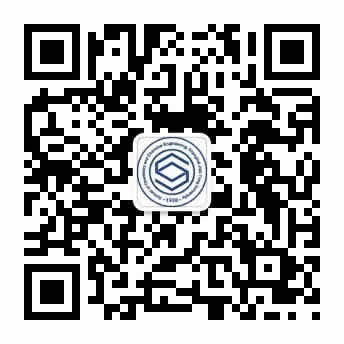SPEAKER: Dr. Prof. Jeffrey R. Reimers, 澳大利亚科学院院士,上海大学特聘教授
TIME:July 1 PM14:00
LOCATION: Fifth-floor Lecture Hall, Chemistry Building A (化学A楼演讲厅)
INVITER: Prof. Huai SUN
如希望安排和来访客人单独会谈,请与邀请人孙淮教授联系(huaisun@o-bontemps.com)
ABSTRACT:
In situ STM imaging of thiol monolayers on single-crystal Au(111) surfaces, combined with VASP and SIESTA density-functional-theory calculations for surfaces and nanoparticles, reveal the key qualitative features controlling sulfur-gold bonding. Sulfur-linked alkyl and aryl groups RS to gold surfaces and nanoparticles are commonly referred to as being “thiolates“, assuming that the gold s electrons form covalent bonds to the sulfur, as occurs in gold molecular clusters and thin films. However, surface atoms of bulk old and gold nanoparticles take on noble character, pacifying them by making the s orbitals unavailable for bonding. Instead, very strong van der walls interactions between S and the gold d orbitals dominate the bonding. Exposure of SAMs to thiolates or to conditions in which they could form results in destruction of the SAM, not surface passivation. Superatom theories for the structure of nanoparticles, which assume thiolate character, are shown to be inapplicable to the description of chemical properties. Gold adatoms above surfaces are also passivated by both direct linkages and via superexchange through sulfur and take on the Au(0) valence state of bulk gold. Sulfur may bind either to adatoms or directly to flat surfaces, and the rules controlling which motif is generated are described. These can be used to avoid the intense surface pitting associated with adatom-containing SAMs. Examples are shown in which both motifs pack together in the same SAM. The factors controlling SAM chirality, with implications for chiral syntheses, are determined.



